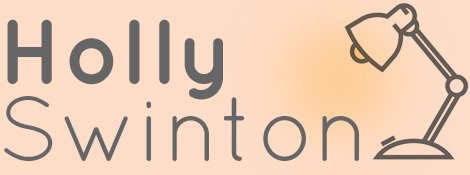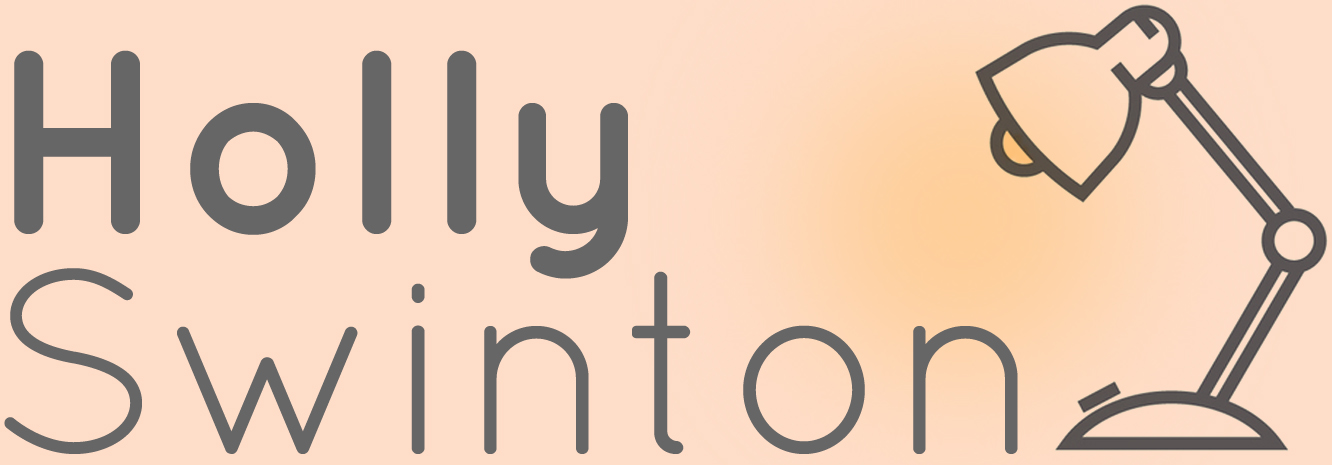It’s a little known fact that there are lots of (normally undiagnosed dyslexic or dyspraxic) teens and adults who struggle to read a clock face.
It isn’t really taught much at school because every child in the class is at a different stage and it becomes very unwieldy. And every teacher assumes the last one taught it. It’s a bit like capacity (ml, litres etc.) – no sane teacher is brave enough to get the water out. I did it once, the results were extraordinary! The result is that if your kid isn’t the kind that naturally picks it up, they really do need your help to learn it at home.
When you really break time down, it’s tricky. But two mins here and there using a 7-step systematic approach is all you need.
- Stick to just half past. Make sure they are getting the hour correct (it is the one it has gone past).
- Then help them master quarter past.
- Move onto 5 past, 10 past, quarter past, 20 past, 25 past and half past (trying to link clock faces to digital time).
- Introduce 5 to, 10 to, quarter to, 20 to, 25 to (showing the mismatch between clock faces and digital – the way we say it and the way we write it). Make sure they are getting the hour correct (it is the one it is going to).
- When they are secure with both, mix them together. This is the hardest bit and if they skipped through previous steps, it will prob all fall apart. But just go back and help them with the step they are getting confused with.
- Finally, focus on the nearest minute.
- Later, play some games to master concepts like months, time vocabulary, calendars, elapsed time, 24 hours etc.
My favourite ipad app. is What’s the Time Mr Wolf (by Teacher’s Pet) because you can specify how many options, which times you want to select and choose words or numbers or both. Click here for my review.
Don’t have an ipad? You can still get it with a classic membership (£14 a year) to www.tpet.co.uk/what-time-is-it-mr-wolf/ which also gives you access to lots of other lovely learning maths, spelling and phonics games/activities for primary kids like times table dominoes and fractions bingo.
So what is my child supposed to know?
Here are National Curriculum targets for time are (you’ll see they are in a diff order from how I would recommend):
Tell the time to the hour and half past the hour (Year One)
Draw the clock hands to show the time to the hour and half past (Year One)
Tell the time to quarter past and to (Year Two)
Tell and write the time to five minutes, and draw the hands on a clock face to show these times (Year Two)
Estimate and read time with increasing accuracy to the nearest minute (Year Three)
Tell and write the time from an analogue clock, including using Roman numerals from I to XII, and 12-hour and 24-hour clocks (Year Three)
Read, write and convert time between clock faces and digital 12- and 24-hour clocks (Year Four)
Read the date and identify the day, month and year (Year One
Compare and sequence intervals of time (Year Two)
Record and compare time in terms of seconds, minutes and hours; use vocabulary such as o’clock, am/pm, morning, afternoon, noon and midnight (Year Three)
Know the number of seconds in a minute and the number of days in each month, year and leap year (Year Three)
Solve problems involving converting from hours to minutes, minutes to seconds, years to months, weeks to days (Year Four)
It seems overwhelming, but two mins here and there is genuinely all your child needs, just spread out over time.


